Apr 2, 2020
Pandemic preparedness from an expat’s perspective: how’s Japan doing?
What started late last year as a novel coronavirus has now exploded into a global pandemic. Those words alone are enough to strike fear into the hearts of most people, but perhaps even more so for expats. We’re living in a country which is different from where we grew up, we may not have a native level understanding of the language, and getting home to our country of origin may be an option which is completely off the table at the current time. This may be extra difficult for those with loved ones who have underlying health conditions or are older in age.
In saying all of that, how is Japan doing, from this expat’s perspective, in their management of the current COVID-19 situation? Is the crisis being handled well here in comparison to the rest of the world? And how is the Japanese government doing with their dissemination of information in these times of crisis?
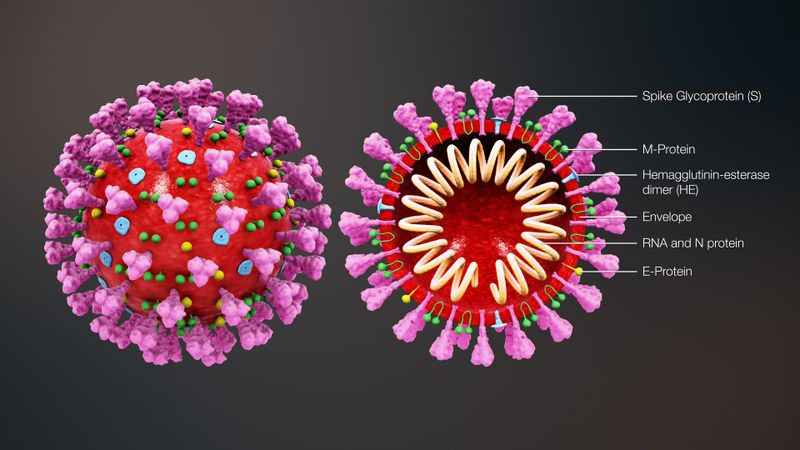
Credit: Wikipedia
Taking a look at the Global Health Security Index
The Global Health Security Index is a measure which identifies 195 different countries and their levels for preparedness in the event of a pandemic. The data was last updated in 2019, and for some context, the average overall GHS Index score is 40.2 out of a possible 100. That’s higher in wealthier countries, with an average score of 51.9, but overall the data indicates that most countries aren’t very well prepared at all. Not very encouraging!
Where does Japan sit on the list, though? You can see the full gamut of statistics at the link here, but we fall into the “more prepared” bracket, and overall come in at 21st place out of 195, with an index score of 59.8. My home country of Australia sits at 4th on the preparedness list, with an index score of 75.5.
Perhaps a better comparison may be to Japan’s neighbor, South Korea, who sits 9th for global pandemic preparedness, with an overall index score of 70.2.
Factors unique to Japan in mitigating or encouraging spread
Many have mentioned the fact that Japan’s culture operates differently to that of many other nations, and some of these factors could be what’s keeping the overall coronavirus case numbers low.
A culture of mask wearing
I honestly don’t ever recall seeing someone wear a mask in Australia, and if they did you’d be worrying something was seriously wrong with them. This has changed in the current climate - people are wearing them out and about regularly from the coverage I’ve seen and read in the news - but here in Japan it’s a part of everyday life. The World Health Organization says that when dealing with coronavirus, masks are really only necessary when caring for a person with a suspected infection. In saying that though, if many carriers of coronavirus have been asymptomatic, it’s interesting to ponder if the mask-wearing culture is assisting in stopping the spread.
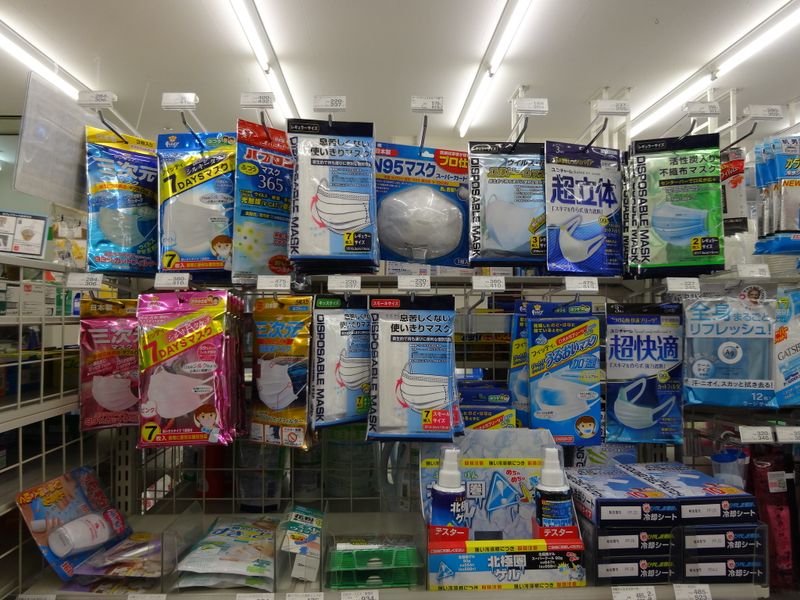
A bowing culture, as opposed to close-contact hugs and handshakes
The buzz phrase of the coronavirus crisis has been “social distancing” - so much so that I’m sure it will get the nod as Merriam Webster’s Word of the Year for 2020. Many of us have heard the mantras about avoiding close personal contact, and particularly avoiding things like handshakes. In my home country of Australia, handshakes are ingrained into the culture, and so are hugs. You’ll often do either of those the first time you meet someone (handshakes in a more “workplace” setting, hugs in a more casual one).
Here in Japan, I still remember the first time I hugged someone as a “thank you!” for being kind, and she stood there like a statue in abject horror, arms still by her sides. I quickly learned my lesson that culturally, a bow is much more appropriate. In the times of COVID-19, this kind of low-contact greeting or way of saying thank you seems much more in line with social distancing principles, and a way of minimizing contact. This may be one possibility why numbers are still comparatively low here.
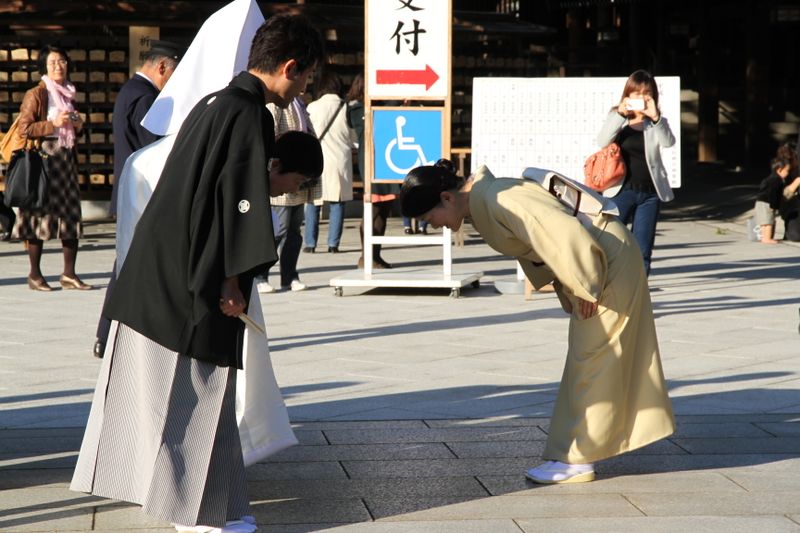
But wait a minute - what about the trains?! Or *gasp* hanami parties?!
For all the things I just said about greetings being done in a low-contact manner, there’s certainly an issue in places that are still seeing large numbers of people congregate in confined spaces. Many places in Japan like museums and theme parks have closed in order to mitigate this kind of close contact, but numerous Tokyo train lines are still packed. Friends I have who ride the Chuo line in the Japanese capital have communicated to me just how shocked they’ve been at the seemingly business-as-usual, laissez-faire attitude people have had being in close proximity to one another. It’s interesting to note though that while regular lines seem to be for the most part business as usual, Japan's Shinkansen bullet trains are feeling the hit - maybe due to less leisure travel at the moment? The Tokaido Shinkansen alone had a 55% drop in passenger numbers for the month of March.
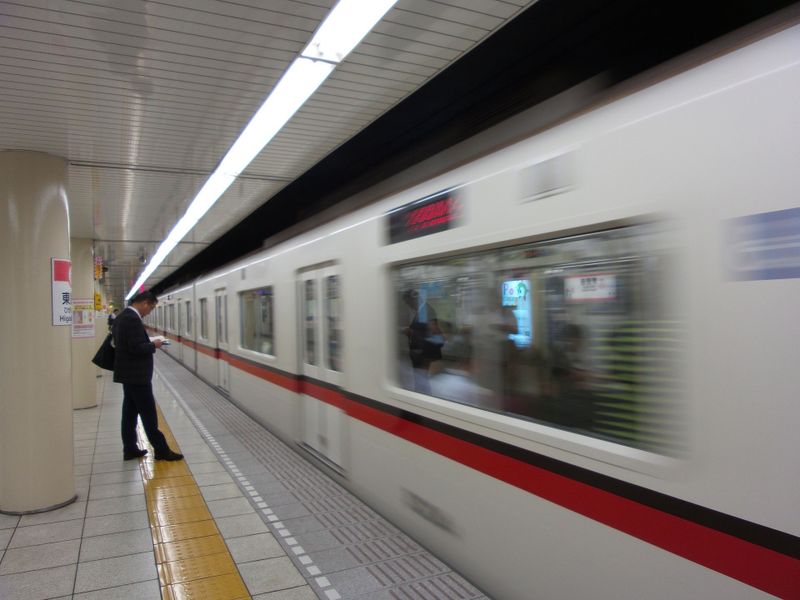
Then there’s the other seasonal threat - hanami parties.
It seems to be in Japan a case of, “if a tree blooms in a park and I wasn’t there to see it, did it really bloom at all?" Photos have been splashed across social media of people sitting in close proximity on their trademark blue tarpaulins, eating, drinking, and laughing - distancing be damned. Any other year, this would not be cause for concern, but again in this unprecedented time, it seems like people may not be taking the threat seriously enough.
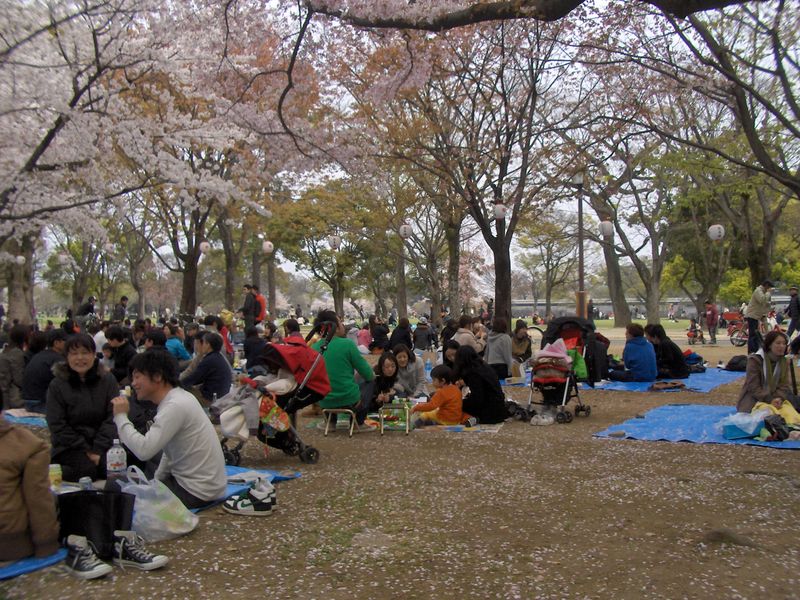
This photo isn't from 2020, but folks - SOCIAL DISTANCE is key, and this ain't it.
But what has the testing been like in Japan?
In comparison to other nations, Japan’s overall COVID testing hasn’t really stacked up. Sources state that testing has only been completed to a sixth of the overall capacity, and you can get a better understanding of just where Japan falls with testing on the graph below.
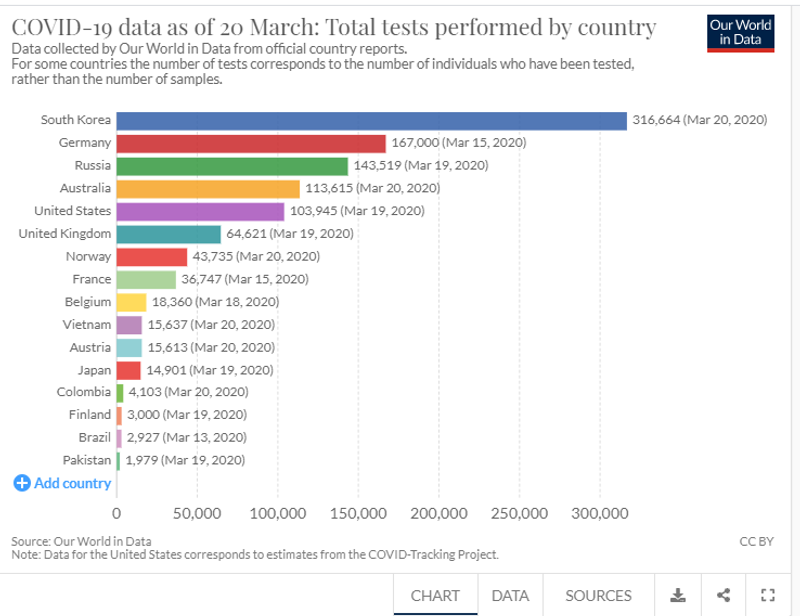
In comparison with many other countries, Japan's testing seems paltry. Do note that this graph is not a complete ordered list of countries - you can add countries to the list on this website to get a more complete picture.
Is this lack of testing what’s behind Japan’s low confirmed number of COVID-19 cases compared to other nations? Japan’s population of 126.8 million (as of 2017) is being tested far less rigorously than Australia’s population of 24.6 million.
How easy is it to obtain information about COVID-19 in languages other than Japanese?
Japan has publicized some information about coronavirus in foreign languages, but the languages are limited to English, Chinese, and Korean.
In contrast, in Australia there have been resources about the coronavirus situation translated into a whopping 63 languages by one national broadcaster. The demand may be higher for such information in Australia - and Japan has a much more homogenous population than Australia does, so it isn't exactly a fair comparison - but I was impressed with the fact that there was a real focus placed on disseminating information that was easy for people to understand back home.
Author: genkidesu
How are you feeling about being in Japan during this global pandemic? Do you feel more comfortable here than you would back home? How are your home countries faring in the management of COVID-19?
Greater insights and deeper experiences from voices in the City-Cost community.



0 Comments